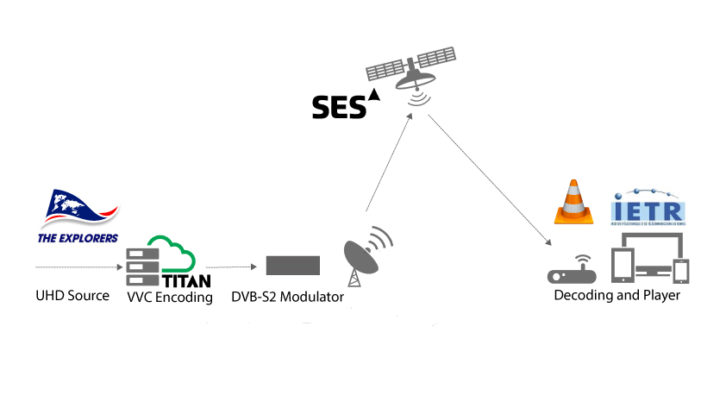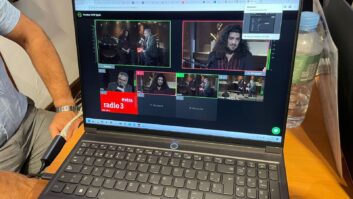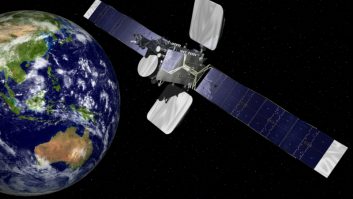ATEME has announced a partnership with SES, Videolabs and IERT for the first end-to-end UHD satellite broadcast transmission using the Versatile Video Coding (VVC) standard.
The test transmission is using an SES satellite positioned at the 28.2-degree East orbital position and is relaying a 4K UHD video stream using VVC.
Source UHD video is being encoded with VVC and encapsulated in MPEG-TS using ATEME’s Titan Live video processing platform. The streams are modulated using DVB-T2 and broadcast via an Astra 2E transponder that covers all of Europe.

On the receive side, the signal is being demodulated by a DVB-to-IP gateway. It is then forwarded to the VLC player that displays the video in real-time using the OpenVVC decoder from IETR.
According to the companies, the test demonstrates key benefits of VVC, including optimised bandwidth efficiency, increased audience reach and improved QoE (quality of experience).
VVC, a versatile new standard that covers a variety of applications—from broadcast to OTT delivery, improves on High Efficiency Video Coding (HEVC) compression efficiency by 50 per cent, according to ATEME.






